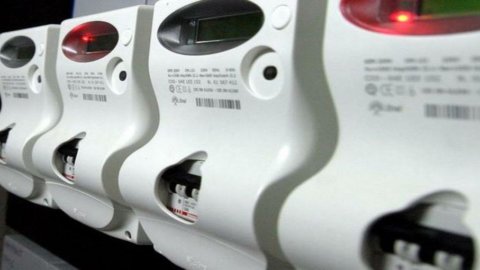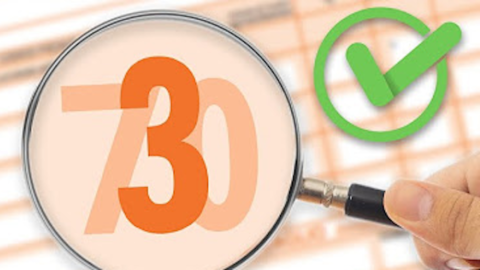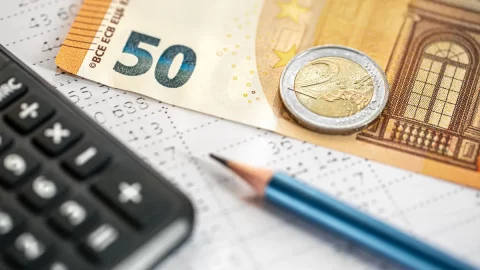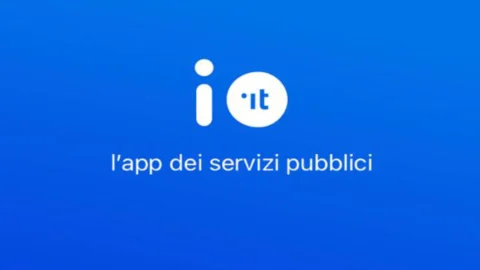Enough with the adjustments: the electricity bills will be invoiced on real consumption, no longer on estimates. The data on energy behavior will be detailed to the quarter of an hour and will allow innovative management of consumption (energy footprint). Not only that: the supply change and transfer procedures will be faster and the system of predefined slots will be overcome, making new offers with flexible time slots or prepaid solutions possible. These are some of the benefits associated with the new features defined by the Energy Authority for second generation meters, digital meters that will gradually be able to replace the electronic ones already present in our homes.
The new functionalities represent the minimum characteristics for smart meters which, based on the choices of the distributors (the entities responsible for the metering activity), will be able to replace the first generation electronic ones - installed starting from 2001 - which progressively end their life useful for 15 years.
Among the various functions of the new 2G meters, for example, the collection of energy data every 15 minutes and the continuous detection of power are envisaged, to have a daily updated picture of our daily withdrawals and consumption behavior, with data to be displayed on the display or to be transferred to external devices.
In version 2.0 of the meters, which is already available, there are two possible connection solutions for remote reading and remote management: through the PLC (Power Line Carrier) electrical network or in radio frequency, with the possibility of reading all registers, updating of the operation of the meter according to the contractual agreements concluded between the customer and the seller. A direct communication channel with the customer has also been defined, in addition to the display on the meter, for the transmission of data to an intelligent device that can be installed in the home.
As regards a possible future evolution, version 2.1 will be able to integrate communication channels that are not yet mature for the specific application of 2G meters or those not widespread throughout the national territory, such as those based on wireless technologies (new dedicated mobile radio) or wired (optic fiber).





